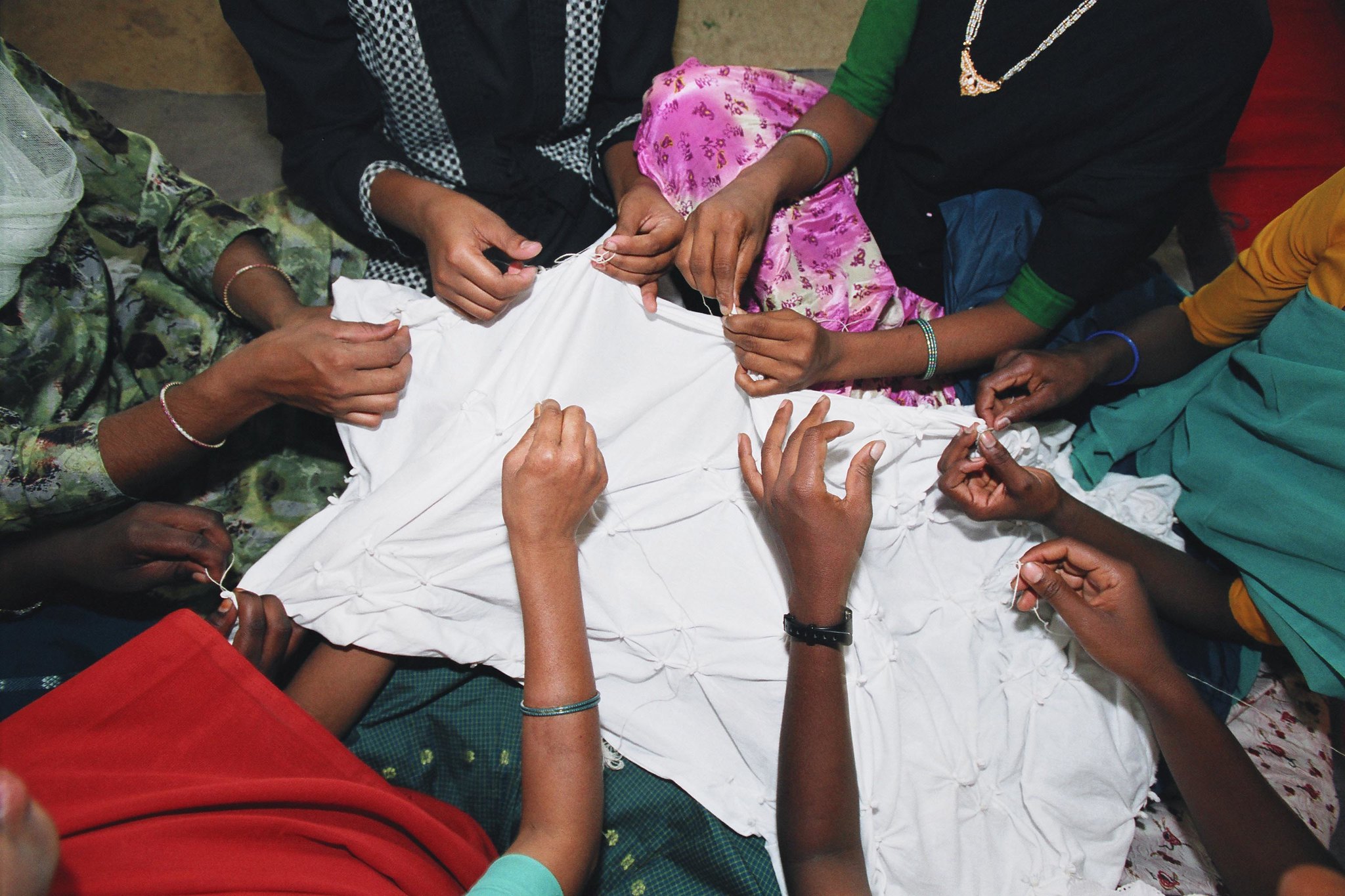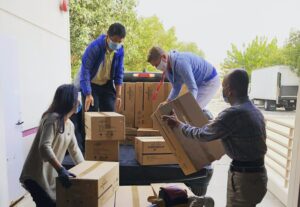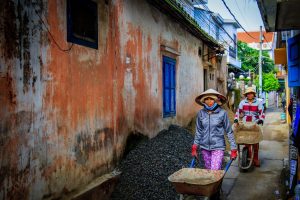Table of Contents
Introduction
The contribution of volunteers to the well-being of individuals and communities has long been recognized. It plays an important role in keeping people and communities together, building social cohesion and meeting the needs of many groups in the face of poverty or during times of crisis. Recognizing this, the 2030 Sustainable Development Agenda calls on governments to work closely with volunteer groups on the achievement of the Sustainable Development Goals.
Indicators on volunteer work offer valuable information on the number and characteristics of the persons willingly working without pay to support others. They can also be used to identify the areas where many people rely on others’ help. Such information can help target better economic and social policies.
Currently, national statistical offices produce statistics on volunteer work using a variety of approaches and tools. As such, direct cross-country comparisons are not recommended.
What is volunteer work?
As defined in the latest statistical standards, volunteer work comprises non-compulsory work performed for others without pay.
In this context,
- work means any production of goods or provision of services
- non-compulsory refers to the fact that people must engage in volunteer work willingly, without civil, legal or administrative requirement, without being forced
- others – the beneficiaries of goods and services – can be all types of organizations, institutions or businesses (formal or informal); or individuals who are not members of the volunteer’s household or family
- without pay means that people engaging in volunteer work do not have any expectation to receive a payment for time worked or work done, that there is no agreement to exchange work for income (cash or in-kind). Compensation of some costs related to participation in voluntary activities (e.g. transportation, accommodation, meals) and stipends are not considered payment as their objective is to facilitate engagement in work and not to remunerate it. However, if the amount of cash received as stipend is higher than one third of local wages, then the work cannot be considered unpaid
To find more about the definition of volunteer work and how to implement it in surveys, scroll down to the Methods section on this page. There, you will find the ILO Volunteer work measurement guide and the free Measuring volunteer work self-learning course. Both are available in English, French, Spanish, Arabic and Russian.
Data catalogue
| Indicator | Frequency | Database | Subject | Download (with labels) | Download (with codes) | Data explorer |
|---|---|---|---|---|---|---|
| Number of volunteers by sex and type of volunteer work (thousands) | Annual | Work Statistics 19th ICLS (WORK) | Unpaid work | .csv .dta .xlsx | .csv.gz | |
| Number of volunteers by age and type of volunteer work (thousands) | Annual | Work Statistics 19th ICLS (WORK) | Unpaid work | .csv .dta .xlsx | .csv.gz | |
| Volunteer rate by sex and type of volunteer work (%) | Annual | Work Statistics 19th ICLS (WORK) | Unpaid work | .csv .dta .xlsx | .csv.gz | |
| Volunteer rate by age and type of volunteer work (%) | Annual | Work Statistics 19th ICLS (WORK) | Unpaid work | .csv .dta .xlsx | .csv.gz |
Latest posts
Projects

In November 2017 ILO established a partnership with the United Nations Volunteers (UNV) programme to advance survey methods for producing statistics on volunteer work. Volunteers contribute their time and skills to help others, through organizations such as NGOs, or directly in their communities.
Between 2018 and 2021 the ILO and UNV will partner with interested national statistical offices to test a module on volunteer work suitable for attachment to national labour force surveys, release updated practical guidance, and support countries to include the module in their national LFS.
Methods
Measurement tools
Research and development
The 2011 Manual on the measurement of volunteer work was developed to support the systematic production of comparable data on a form of work that is rarely measured by official statistics, despite its important contribution to well-being and development. The manual introduced the first international definition of volunteer work for statistical purposes and recommended a labour force survey (LFS) add-on module.
Since its publication, the manual inspired the development of many national survey tools across the world. An ILO review conducted in 2018 showed that the number of measurements using modules attached to household surveys, particularly to a LFS, increased significantly after 2013. This evolution was also partially influenced by the adoption of the new standards on statistics of work by the 19th ICLS. As part of national efforts to implement the standards, many countries turned to recommendations offered in the manual to measure volunteer work. However, it became evident that the module needed improvement.
To answer this need, in 2017, the ILO established a partnership with the UNV to update the existing measurement guidance. Results of the 2018 review were used to develop alternative measurement approaches. Their efficiency was assessed through a two-stage testing process implemented in partnership with the national statistical offices of Ukraine and Senegal. Results of tests informed the development of a new LFS add-on module.
Labour force surveys
The PAPI version of the new LFS add-on module is available in the Volunteer work measurement guide and in the LFS questionnaire viewer (LFS Modules section) which can be accessed from the LFS questionnaire toolkit page. Click here to try the module and see how it works.
Population and housing censuses
To support the measurement of volunteer work in Population and Housing Censuses, a model question incorporating the key elements used by the new LFS add-on module to identify volunteers was developed. It is available on the Census Resources page.
Rapid surveys
Short modules to collect data on volunteer work performed in relation to the COVID-19 crisis were published as part of the ILO guidance on capturing impacts on employment and unpaid work using Rapid Surveys.
Pages and documents

Work Statistics – 19th ICLS (WORK database)
Concise description of concepts and definitions, uses, sources and limitations for (paid and unpaid) work statistics based on the 19th ICLS standards.

Measuring volunteer work self-learning course
In this self-paced course, also available in French, Spanish, Arabic and Russian, you will learn about the latest international standards on the statistical measurement of volunteer work; and how to apply the ILO survey tools to generate headline indicators on volunteer work. If it is the first time you access the ITC eCampus platform, click on CREATE NEW ACCOUNT and follow the instructions.

Volunteer work measurement guide
The guide provides survey designers with the latest ILO tools and recommendations to produce statistics on volunteer work in line with the current international standards.

ILO Model question on volunteer work for Population and Housing Censuses
This model question is suitable for inclusion in a census form to capture participation in volunteer work, aligned with the latest standards adopted by the ICLS.

National practices in measuring volunteer work: A critical review
This report presents the results of a global review of national practices in measuring volunteer work, between 2007 and 2017, undertaken by the Statistics Department of the ILO. The review was conducted under the framework of the ILO-UN Volunteers (UNV) partnership established to promote and facilitate the regular measurement of volunteer work by the National Statistical Offices.
Publications

Volunteer work and its links to the labour market experiences of young people
This paper looks at how volunteering can benefit young people at the start of their careers. It uses existing literature and undertakes further longitudinal analysis, including on the effects of volunteering on young people as they seek to access good jobs.


